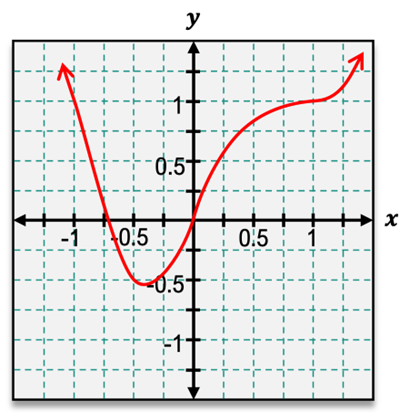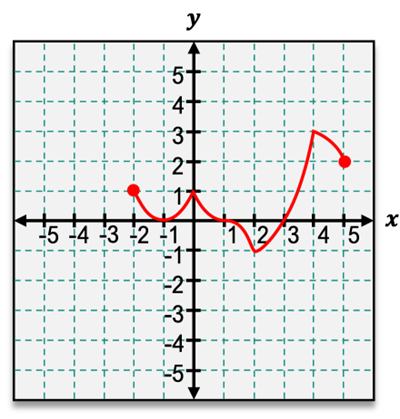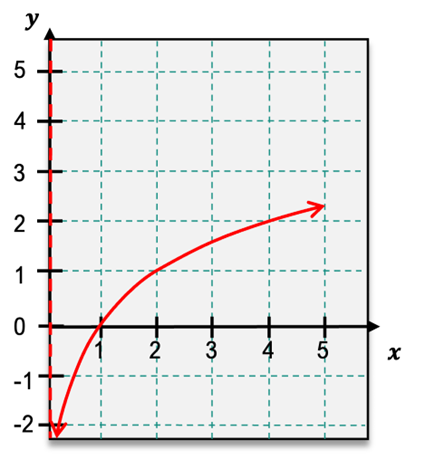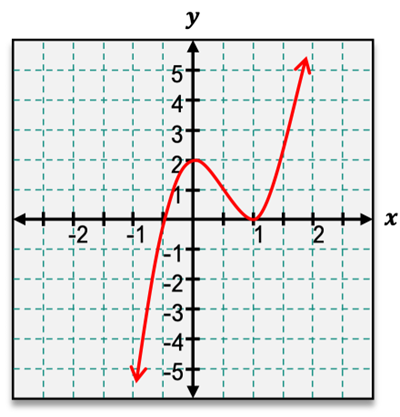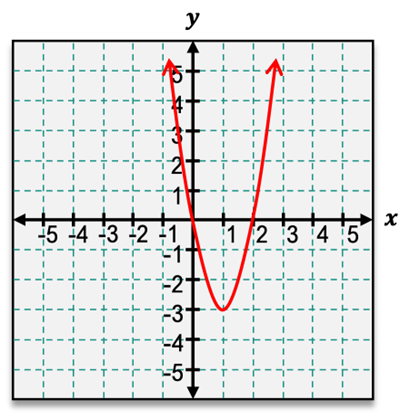Understanding the concavity of a function is essential in analyzing its behavior. The concavity is determined by the sign of the second derivative of the function. When the second derivative is positive, the function is said to be concave up, resembling a smiley face on a graph. Conversely, when the second derivative is negative, the function is concave down, resembling a frowning face. This visual representation aids in recognizing the concavity of a function.
The first derivative of a function indicates its slope or rate of change. The second derivative, therefore, represents the rate of change of the first derivative, which can be interpreted as how the slope itself is changing. For instance, if the slope is increasing, the second derivative is positive, indicating concavity upwards. If the slope is decreasing, the second derivative is negative, indicating concavity downwards.
When analyzing a graph, tangent lines can be drawn to observe the behavior of the slope. In regions where the function is concave up, the tangent lines will lie below the curve, while in regions where the function is concave down, the tangent lines will lie above the curve. This relationship provides a helpful visual cue for identifying concavity.
A critical concept related to concavity is the inflection point, which occurs where the function changes concavity. At an inflection point, the second derivative is either zero or does not exist. This is similar to critical points for the first derivative, where the slope changes from increasing to decreasing or vice versa.
To determine intervals of concavity and identify inflection points, one can analyze the graph from left to right. For example, if a function starts off concave down and transitions to concave up, the point where this change occurs is an inflection point. By drawing tangent lines and observing their positions relative to the curve, one can effectively identify these intervals and points of inflection.
In summary, the concavity of a function, indicated by the sign of its second derivative, provides valuable insights into the function's behavior. Recognizing concave up and concave down regions, along with identifying inflection points, enhances the understanding of how a function behaves across its domain.

